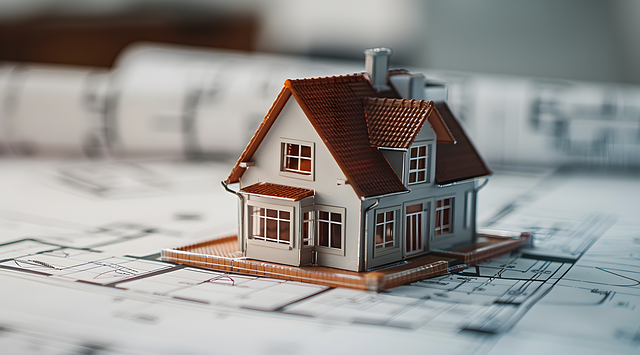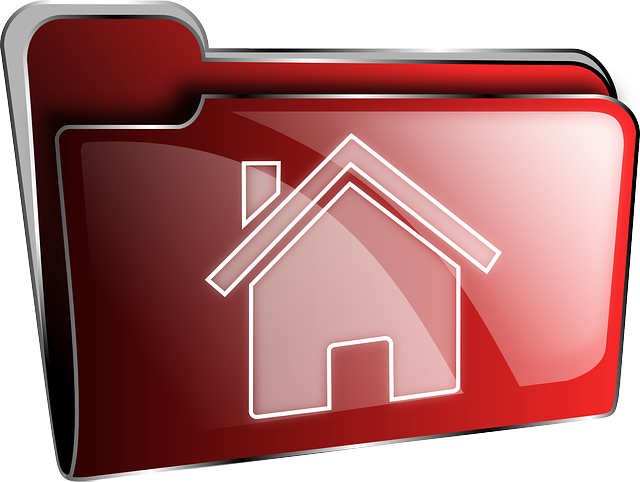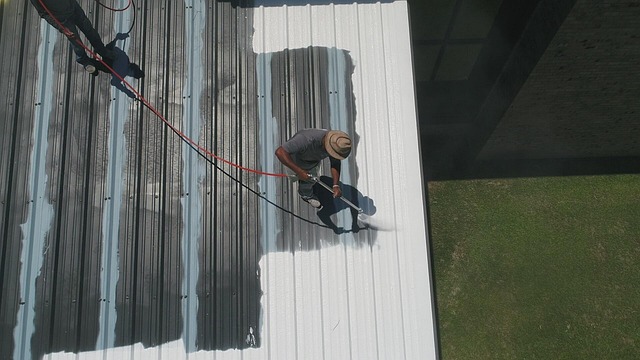Mastering Renovation Budget Estimation with Expert Advisors

Renovation cost estimators are essential professionals who provide critical financial clarity for co…….
Home Renovation Costs: A Comprehensive Analysis
Introduction
Renovating a home is a significant undertaking that involves both aesthetic and functional improvements, carrying with it a multitude of costs. These costs can range from minor upgrades to full-scale renovations. Understanding the intricacies of home renovation costs is crucial for homeowners looking to enhance their living spaces, investors aiming to increase property value, or professionals in the construction industry. This article will delve into the various aspects of home renovation costs, providing valuable insights and data to inform and guide readers through this complex process.
Understanding Home Renovation Costs
Home renovation costs encompass a wide array of expenses associated with upgrading or repairing an existing property. These costs can be categorized into fixed costs (like permits and fees) and variable costs (such as materials and labor). The scope of work, the choice of materials, regional price variations, and the current state of the housing market all influence these costs. Understanding these components is essential for accurate budgeting and project planning.
Historically, home renovation costs have risen alongside inflation and the increasing complexity of building technologies. However, they also reflect shifts in consumer preferences, sustainability trends, and economic conditions. For instance, the adoption of smart home technology has introduced new expenses while offering enhanced value to homes.
Global Impact and Trends
The influence of home renovation costs extends beyond national borders, with global trends shaping local markets. In regions like North America and Western Europe, there is a growing emphasis on sustainable and energy-efficient renovations. Meanwhile, emerging economies are seeing rapid urbanization, leading to a surge in demand for renovation projects to modernize housing stock.
Global events such as the COVID-19 pandemic have also impacted home renovation costs. With more people spending time at home, there has been an increased focus on creating comfortable and functional living spaces, driving up demand for renovations. This global perspective highlights the importance of staying informed about international market trends.
Economic Considerations
From a macroeconomic standpoint, home renovation costs are a significant component of economic activity, particularly in service-oriented economies. They can stimulate job growth in construction and related trades, contribute to GDP, and influence consumer spending patterns. Investments in home renovations often yield financial returns when it comes time to sell the property.
Moreover, renovation costs can be indicative of broader economic health. For example, a surge in renovation expenditures might signal consumer confidence or the availability of credit. Conversely, a decline could reflect economic downturns or tighter lending standards.
Technological Advancements
The integration of new technologies has transformed home renovations from simple repairs to sophisticated upgrades that include smart systems for heating, cooling, lighting, security, and entertainment. These advancements offer improved efficiency, comfort, and convenience but come at a premium.
Looking ahead, the use of building information modeling (BIM) and 3D printing technology could further revolutionize renovation projects by enabling more precise planning and on-site manufacturing of custom parts. The potential for cost savings and innovation is vast, with implications for both residential and commercial renovations.
Policy and Regulation
Home renovation costs are shaped by a complex web of policies and regulations that ensure safety, accessibility, and sustainability. Building codes, zoning laws, environmental regulations, and tax incentives all influence the cost and feasibility of renovation projects.
For instance, updated energy efficiency standards can mandate new insulation materials or HVAC systems, which add to the overall renovation costs but ultimately benefit homeowners through reduced utility expenses. Policies that support local craftsmanship and apprenticeship programs can also affect labor costs.
Challenges and Criticisms
One of the most significant challenges in home renovation is managing costs without compromising quality or safety. Overruns are common due to unforeseen issues such as mold, structural weaknesses, or outdated wiring discovered during a renovation.
Critics often cite the lack of transparency and accountability in the renovation process, leading to potential disputes between homeowners and contractors. To mitigate these issues, clear contracts, detailed project scopes, and regular communication are essential. Additionally, fostering a skilled labor force and improving oversight mechanisms can address some of these challenges.
Case Studies
Several case studies illustrate the successful execution of home renovation projects. A homeowner in Toronto, Canada, transformed their attic into an energy-efficient living space, resulting in a significant increase in property value. In contrast, a historic home restoration in Savannah, Georgia, USA, preserved cultural heritage while incorporating modern amenities. These case studies provide valuable lessons on managing renovation costs, balancing aesthetics with functionality, and respecting historical significance.
Future Prospects
The future of home renovation costs is likely to be influenced by ongoing technological advancements, changing consumer preferences, and economic shifts. The push for sustainable living spaces will continue to drive investments in energy-efficient technologies and eco-friendly materials. Additionally, the integration of smart home technology will become more widespread, offering homeowners enhanced control over their living environments.
Economic factors such as interest rates, employment levels, and consumer confidence will also play a role in shaping future renovation costs. A robust labor market could lead to higher wages for skilled workers, potentially increasing project expenses.
Conclusion
Home renovation costs are a multifaceted issue influenced by economic factors, technological advancements, policy decisions, and global trends. As the demand for personalized, efficient, and sustainable living spaces grows, so too does the complexity of managing renovation costs effectively. By staying informed about the various factors that affect these costs, homeowners can make informed decisions that balance their budgets with their renovation goals.
Table of Contents:
Appendix:
A. Glossary of Terms Used in Home Renovation
B. List of Resources for Home Renovation Projects
C. Additional Case Studies and Testimonials from Homeowners

Renovation cost estimators are essential professionals who provide critical financial clarity for co…….

Before starting any remodeling project, conduct thorough research, consult professionals, and create…….

Renovation projects require a renovation pricing guide for accurate budgeting due to varying scopes…….

Starting a home renovation requires careful planning due to hidden costs like permits, labor fluctua…….

Understanding the remodeling cost breakdown is crucial for saving money on home improvements while m…….

Managing remodeling expenses is key to successful home renovations. Homeowners should create detaile…….

When planning home improvements, rely on professional renovation cost estimators for precise budgeti…….

Breaking down home improvement costs using a renovation pricing guide is vital for realistic budgeti…….

Renovation pricing can be unpredictable, influenced by material choices, labour availability, projec…….

Understanding and planning your renovation budget is crucial for a successful project that meets bot…….